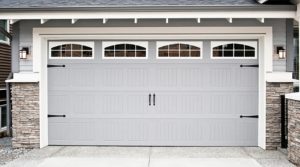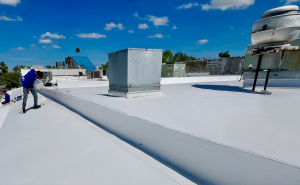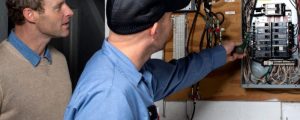Effective Ways To Remove Mold in Crawl Spaces

If you have a crawl space beneath your home, chances are you don’t spend much time thinking about it. However, if you notice a musty smell or see signs of mold, it is crucial to take immediate action. Mold can pose serious health risks to your family and cause damage to your home. This guide will discuss the indications of mold in crawl spaces, the associated health hazards, and effective methods of crawl space mold treatment.
Warning Signs You Have Mold in Your Crawl Space
The first step in addressing crawl space mold is to recognize its presence. This organism thrives in damp, dark, and humid environments, making crawl spaces an ideal breeding ground. Here are some indications that you might have a mold problem:
- Musty Odors: A persistent earthy or musty smell is often the first indicator of mold growth.
- Visible Growth: Look for black, green, or white specks along crawl space surfaces.
- Increased Humidity: If the air feels unusually damp, it could be a sign of excess moisture that encourages mold.
- Water Intrusion: Signs of water leaks, standing water, or water stains can point to mold issues.
- Deterioration: Rotting wood or insulation and rusting metal surfaces can indicate a mold-friendly environment.
Health Hazards of Mold in Crawl Spaces
The presence of mold in your home’s crawl space can pose several health risks, particularly to individuals with asthma, allergies, or compromised immune systems. Due to the “stack effect,” the crawl space can contribute up to 50% of the air within the home. Mold spores can quickly become airborne and infiltrate living spaces through cracks and vents, leading to potential health issues such as:
- Respiratory problems, including coughing, wheezing, and difficulty breathing
- Allergic reactions, marked by sneezing, runny nose, and itchy eyes
- Asthmatic symptoms for those with pre-existing asthma
- Irritation of the nose, skin, eyes, and throat
- More severe reactions in individuals with mold sensitivities or weakened immune systems
How To Kill Mold in Crawl Spaces
Discovering mold in your crawl space can be a concerning issue for any homeowner. Here is a step-by-step guide on how to kill mold in crawl spaces effectively.
Step 1: Evaluate the Extent of the Problem
Before tackling the mold issue, assess the severity and extent of the case. If you notice a large area covered in mold or suspect a significant problem, it is best to seek professional crawl space mold treatment. Professionals have the expertise, experience, and specialized equipment to eliminate mold and prevent its recurrence.
Step 2: Safety Precautions
When dealing with mold, taking safety precautions is crucial. Wear protective gear, including masks, gloves, and goggles, to avoid direct contact with mold spores. Open windows or use fans for ventilation to prevent the spread of spores to other areas of your home.
Step 3: Identify and Fix the Source of Moisture
Mold thrives in damp places, so it is vital to eliminate the source of moisture. Typical sources include leaks, condensation, or poor ventilation. Inspect your crawl space thoroughly to identify and repair water leaks or plumbing issues. Ensure proper drainage and consider using a dehumidifier or installing a vapor barrier to control humidity.
Step 4: Clean and Treat the Area
Start by scrubbing the mold-infested areas using a mixture of water and detergent. Avoid using bleach. It may not eliminate the mold and can be harmful if the fumes are inhaled. Instead, opt for a commercial mold cleaner or a mix of water and vinegar for an eco-friendly option. Scrub the affected surfaces thoroughly and rinse with clean water.
Step 5: Dry the Area
After cleaning, dry the crawl space thoroughly to prevent further mold growth. Use fans or a dehumidifier to expel excess moisture and promote air circulation. Consider using a space heater to speed up the drying process, but be cautious to prevent overheating or fire hazards.
Step 6: Prevent Future Mold Growth
Once the crawl space is dry and mold-free, take preventive measures to avoid future infestations. Seal gaps or cracks in the foundation walls to prevent moisture from seeping in. Ensure proper ventilation by installing ventilated crawl space doors or vents to allow air circulation. Regularly inspect and maintain the crawl space for any signs of moisture or mold growth.
Key Takeaway
Prompt action is vital when signs of mold appear in your crawl space. Crawl space mold treatment is crucial to protect your health and preserve your home. Don’t let crawl space mold jeopardize your well-being or property – take action today!








